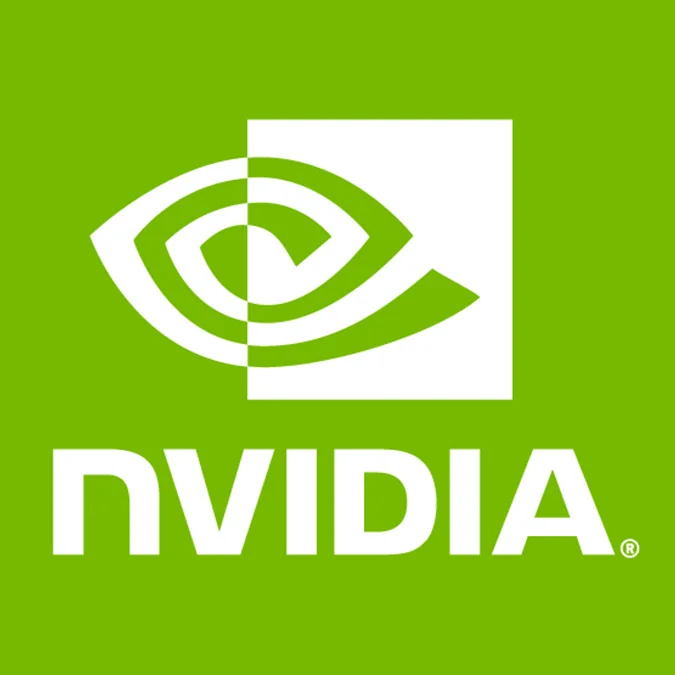Over-Volting Your GPU With The New NVIDIA Linux Driver

With GeForce 400 "Fermi" graphics cards and newer, the NVIDIA 346.16 Linux driver beta adds support for over-volting the graphics core through CoolBits. This over-volting can be used for trying to enhance your overclocking potential of the graphics card. For those hoping the new voltage controls allow for under-volting if trying to make your GPU run a bit cooler or to cut down on power use, the new voltage control only allows for making increases over the standard rate.
To tune your GPU voltage you need Option "CoolBits" "16" set within the NVIDIA device section of your /etc/X11/xorg.conf. When that's done and reloading the driver, you're able to manipulate the GPU voltage using the nvidia-settings utility.
Unlike the frequency overclocking done through the NVIDIA Settings GUI, the over-volting can only be done via the command-line interface. It's not clear yet if this is just a temporary limitation if NVIDIA didn't get around to exposing it via the GTK interface or they will keep it CLI-only in trying to discourage novice users from accidentally over-volting their system and causing potential damage, etc.
From the command-line, users can read the GPU's current voltage using the GPUCurrentVoltage parameter of the NVIDIA control extension. For over-volting, the GPUOVerVoltageOffset can be set to force an increase in voltage over the standard performance level's state. For the GeForce GTX 980 Maxwell, an increase of up to 37500 microvolts is allowed.
That's the short story on how to over-volt your Fermi/Maxwell/Kepler graphics card on Linux. Do so at your own risk. It hasn't been corroborated yet but now with the ability to manually control the GPU voltage, hopefully this will be helpful to Nouveau developers in reverse-engineering.
5 Comments

